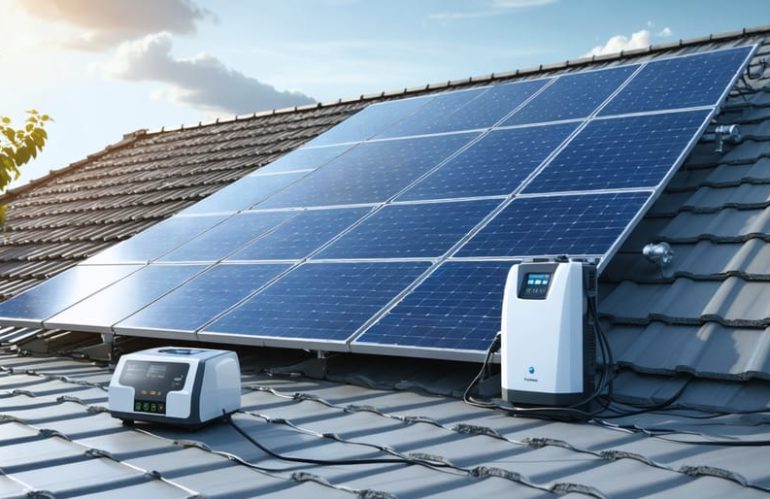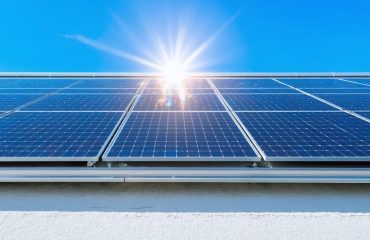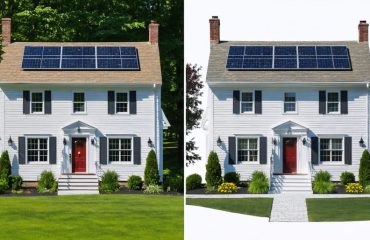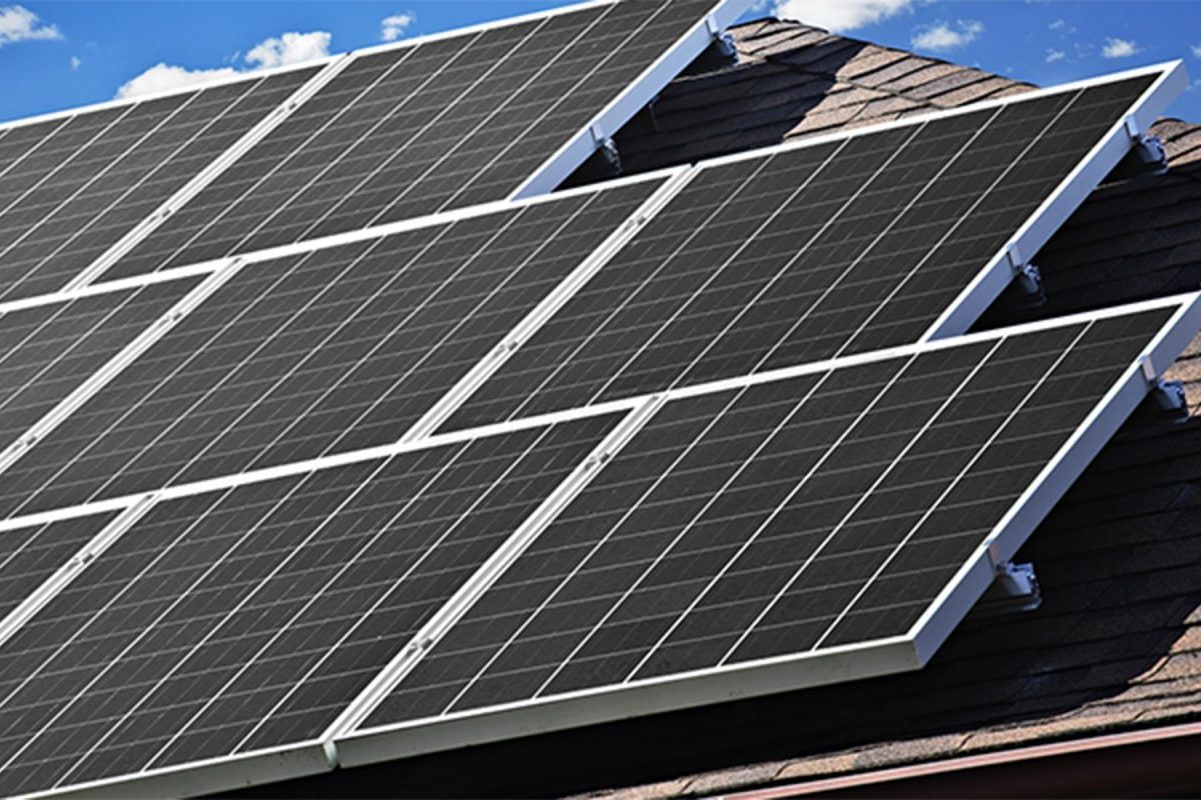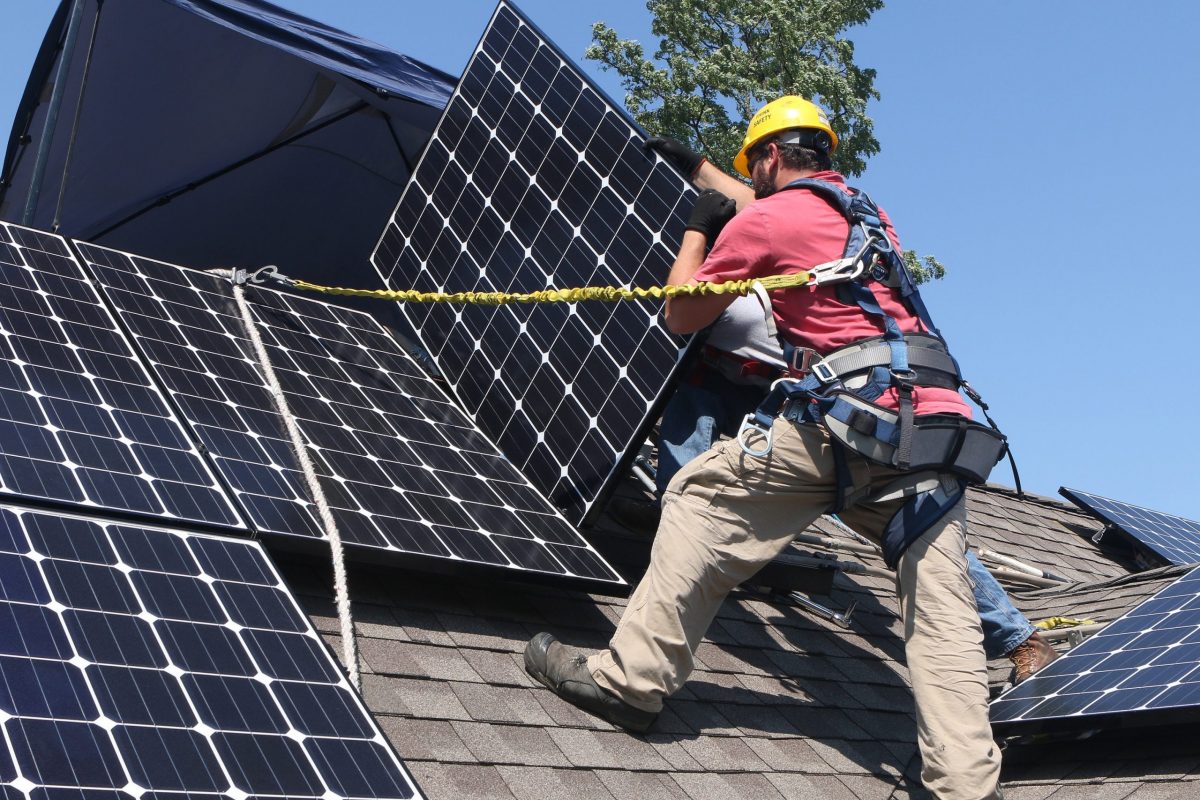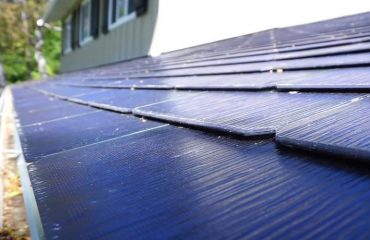In an era where medical care increasingly relies on powered equipment, solar medical supply systems have emerged as a lifeline for patients and healthcare providers alike. These innovative solutions combine renewable energy with reliable backup power to ensure critical medical devices never lose power – from oxygen concentrators and CPAP machines to refrigerated medications and mobility equipment. By harnessing the sun’s energy, homeowners can create a dependable power source that operates independently of the grid, providing peace of mind during outages while reducing monthly electricity costs.
Solar medical supply systems represent more than just backup power – they’re a strategic investment in health security and sustainable living. With advanced battery storage technology and smart monitoring systems, modern solar solutions can seamlessly power essential medical equipment 24/7, ensuring uninterrupted care even during extended power failures. As healthcare needs become more complex and energy costs continue to rise, these systems offer a practical, cost-effective way to safeguard both patient well-being and financial resources.
Essential Medical Equipment That Needs Constant Power
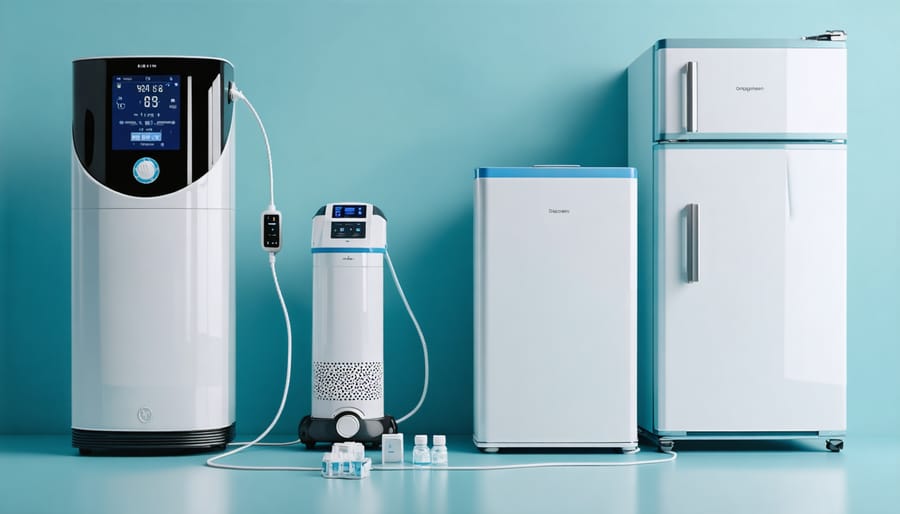
Critical Life-Support Equipment
Solar power systems can reliably support essential medical equipment that patients depend on for survival. Oxygen concentrators, which provide continuous oxygen therapy for respiratory conditions, typically require 300-600 watts of power and can be efficiently run on solar energy with proper battery backup. Ventilators, crucial for patients with breathing difficulties, generally need 400-1000 watts depending on the model, making them compatible with medium-sized solar setups.
Other vital equipment like CPAP machines, dialysis units, and infusion pumps can also be powered by solar systems when properly sized. For instance, a CPAP machine uses about 30-60 watts, while home dialysis equipment may require 1000-2000 watts during operation. To ensure uninterrupted operation, these systems should include robust battery storage and backup power solutions.
When designing a solar system for medical equipment, it’s essential to factor in peak power requirements and include a safety margin for continuous, reliable operation.
Daily Medical Maintenance Devices
Solar power offers reliable solutions for daily medical devices that require consistent power. CPAP machines, essential for sleep apnea patients, can run efficiently on solar energy with proper battery backup systems. These setups ensure uninterrupted therapy even during grid outages, providing peace of mind for users.
Medication refrigeration is another critical application where solar power excels. Temperature-sensitive medications remain safely stored in solar-powered refrigerators, which can maintain optimal temperatures 24/7. This is particularly valuable for insulin storage and other medications requiring strict temperature control.
For mobility equipment users, solar energy systems can reliably charge power wheelchairs, mobility scooters, and lift systems. Battery-operated devices can be charged during daylight hours, storing energy for nighttime use. Solar backup systems ensure these vital mobility aids remain operational during power outages, maintaining independence and safety for users.
Adding a battery storage system to your solar setup provides an extra layer of security, ensuring your medical devices continue functioning reliably regardless of weather conditions or grid status.
How Solar Panels Support Medical Equipment
Backup Power Systems
A reliable backup power system is the cornerstone of any effective solar medical supply setup. Modern battery storage solutions, particularly lithium-ion systems, provide seamless power continuity for critical medical equipment. These systems work in perfect harmony with solar panel integration, ensuring that life-supporting devices never experience power interruptions.
The heart of these backup systems is the automatic transfer switch (ATS), which responds within milliseconds to any grid power fluctuations. This lightning-fast response means medical equipment continues operating without any noticeable interruption. Most modern systems can power essential medical devices for 24-48 hours on stored energy alone, providing peace of mind during extended outages.
Battery storage systems also include smart monitoring features that alert you when power switches to backup mode and provide real-time updates on remaining battery life. Many systems now offer mobile app integration, allowing you to monitor your backup power status from anywhere. This technology ensures you’re always informed about your system’s condition and can take proactive measures when needed.
To maximize reliability, these systems undergo regular automated self-tests and maintenance checks. The batteries are designed for years of dependable service, typically lasting 10-15 years with proper care. This longevity, combined with decreasing technology costs, makes backup power systems an increasingly accessible solution for home medical care.
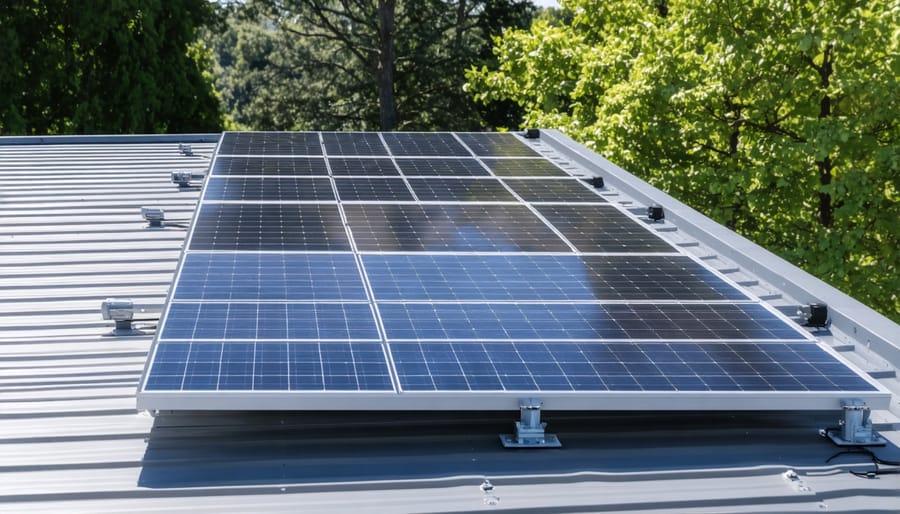
Power Output Requirements
When sizing a solar system for medical equipment, it’s essential to start by calculating your total power requirements. Begin by listing all medical devices and their wattage ratings, which can typically be found on the device label or in the user manual. Include both continuous-use equipment (like oxygen concentrators) and intermittent-use devices (such as nebulizers).
For critical medical equipment, add a 20% buffer to your calculations to account for power fluctuations and ensure consistent operation. For example, if your medical devices consume 1,000 watts total, aim for a system that can provide at least 1,200 watts of power.
Consider peak usage times when multiple devices might run simultaneously, and factor in additional power needs for backup batteries or emergency equipment. Most home medical equipment operates on standard 120V AC power, so your solar system will need an appropriate inverter to convert DC power from the panels.
Battery storage is crucial for medical equipment that requires 24/7 operation. Calculate your battery needs based on how long you need to run your equipment during nighttime or cloudy conditions. A good rule of thumb is to have enough battery capacity to power essential medical devices for at least 48 hours without solar input.
Remember to consult with both your healthcare provider and a qualified solar installer to ensure your system meets all safety requirements and medical device specifications.
Setting Up Your Medical Solar Solution
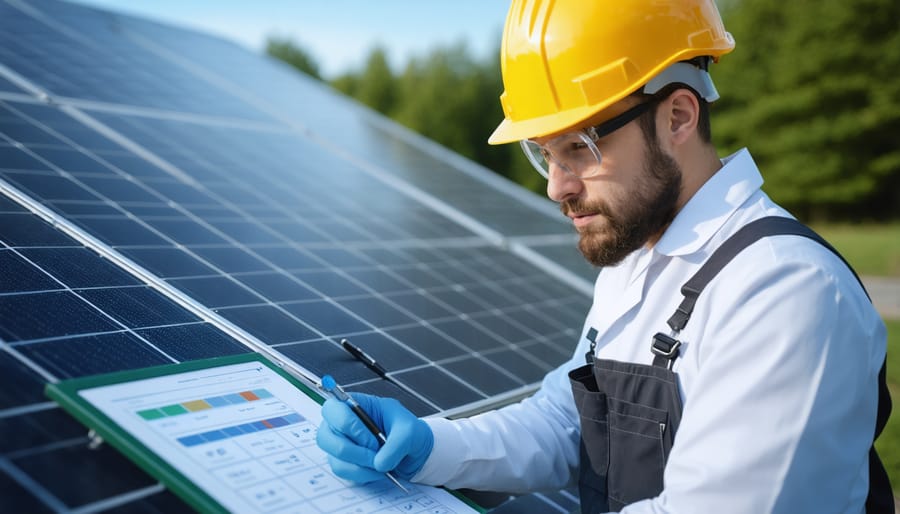
Professional Assessment
A professional assessment is crucial when implementing solar power solutions for medical equipment. Experienced solar consultants evaluate your specific medical device requirements, local climate conditions, and available installation space to create an optimal system. They’ll help you design your solar system that not only meets current needs but also anticipates future demands.
During the assessment, experts analyze your medical equipment’s power consumption patterns, backup requirements, and critical operation times. They’ll consider factors like peak usage periods, emergency backup duration needs, and equipment sensitivity to power fluctuations. This detailed evaluation ensures your system includes appropriate battery storage capacity and redundancy measures for uninterrupted operation.
The assessment also includes a thorough site survey to determine optimal panel placement, shading analysis, and roof structural integrity. Professionals will recommend the most efficient panel types and inverter configurations while ensuring compliance with local building codes and medical equipment safety standards.
By working with qualified solar professionals, you’ll receive a comprehensive system design that prioritizes reliability and performance. They’ll also help you understand maintenance requirements, warranty coverage, and potential system expansion options, giving you complete confidence in your solar medical supply solution.
Installation and Maintenance
Proper installation of a solar medical supply system begins with a thorough site assessment by qualified professionals. They’ll evaluate your roof’s orientation, shading patterns, and structural integrity to determine the optimal placement for solar panels and essential components for solar power. The installation team will also assess your medical equipment’s power requirements to ensure the system is appropriately sized.
Regular maintenance is crucial for system reliability. Schedule professional inspections twice yearly to check electrical connections, monitor battery health, and clean solar panels. Between professional visits, perform monthly visual inspections for debris accumulation and panel damage. Keep a maintenance log to track system performance and identify potential issues early.
Key maintenance tasks include:
– Cleaning panels with non-abrasive materials and water
– Checking battery fluid levels (for lead-acid systems)
– Monitoring inverter performance
– Testing backup systems monthly
– Clearing vegetation that may cause shading
For areas with seasonal weather changes, adjust maintenance schedules accordingly. Winter may require more frequent snow removal, while fall demands additional attention to leaf accumulation. Consider installing monitoring systems that alert you to performance issues, ensuring your medical equipment always has reliable power.
Remember to keep emergency contact information for your installation company readily available, and maintain detailed records of all maintenance activities for warranty purposes.
Financial Benefits and Support
Investing in solar medical supply systems comes with substantial financial advantages and support options. Many homeowners can access federal tax credits covering up to 30% of their solar installation costs, including backup battery systems essential for medical equipment. State-specific incentives and rebates can further reduce initial expenses, sometimes by thousands of dollars.
Medicare and Medicaid programs may cover portions of solar medical supply systems when deemed medically necessary, particularly for life-sustaining equipment. Many utility companies offer special medical baseline programs, providing additional electricity allowances at lower rates for households with medical needs. These programs can significantly reduce monthly energy costs while ensuring reliable power for medical devices.
Several non-profit organizations and healthcare foundations provide grants or low-interest financing options specifically for medical-related solar installations. Energy assistance programs often prioritize households with medical needs, offering additional financial support for sustainable power solutions.
The long-term savings are considerable, with most systems paying for themselves within 5-7 years through reduced electricity bills. Many insurance companies now recognize the value of solar backup systems for medical equipment, potentially offering premium discounts for homes with reliable backup power solutions.
Remember to consult with your healthcare provider and insurance company to document medical necessity, which can help secure additional financial support and ensure your system meets all requirements for coverage.
Solar-powered medical supplies represent a significant advancement in healthcare reliability and accessibility. By harnessing the sun’s energy, these systems provide unwavering support for essential medical equipment, offering peace of mind to patients and caregivers alike. The combination of battery backup systems and solar power ensures that critical devices remain operational during power outages, eliminating the stress and uncertainty associated with traditional power sources. Not only do solar medical supplies contribute to a more sustainable future, but they also deliver independence and security when it matters most. As technology continues to advance and solar solutions become more efficient, we can look forward to an era where reliable, clean energy powers our most vital medical needs, making healthcare more resilient and environmentally responsible for generations to come.

